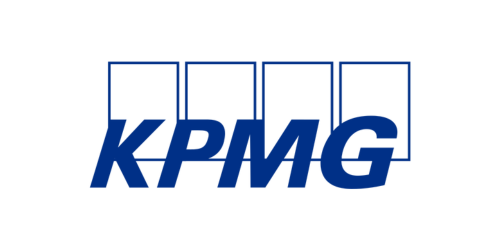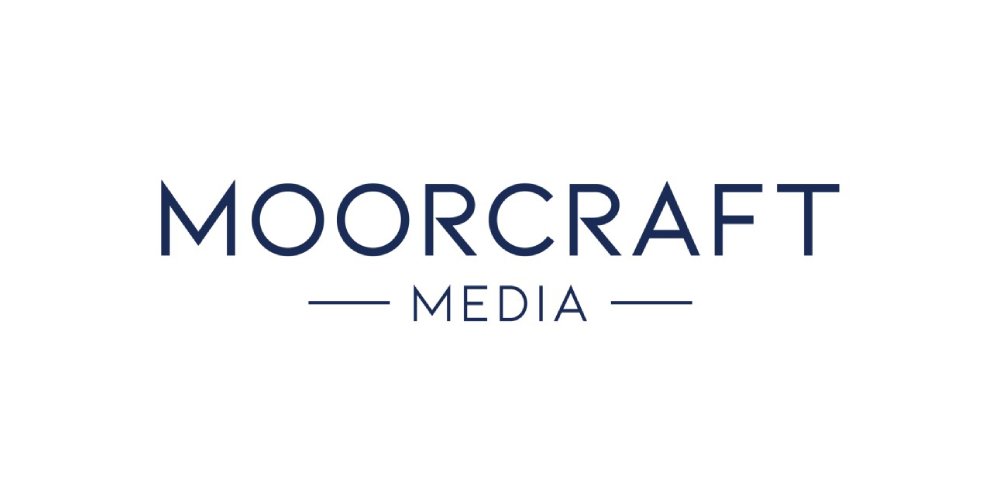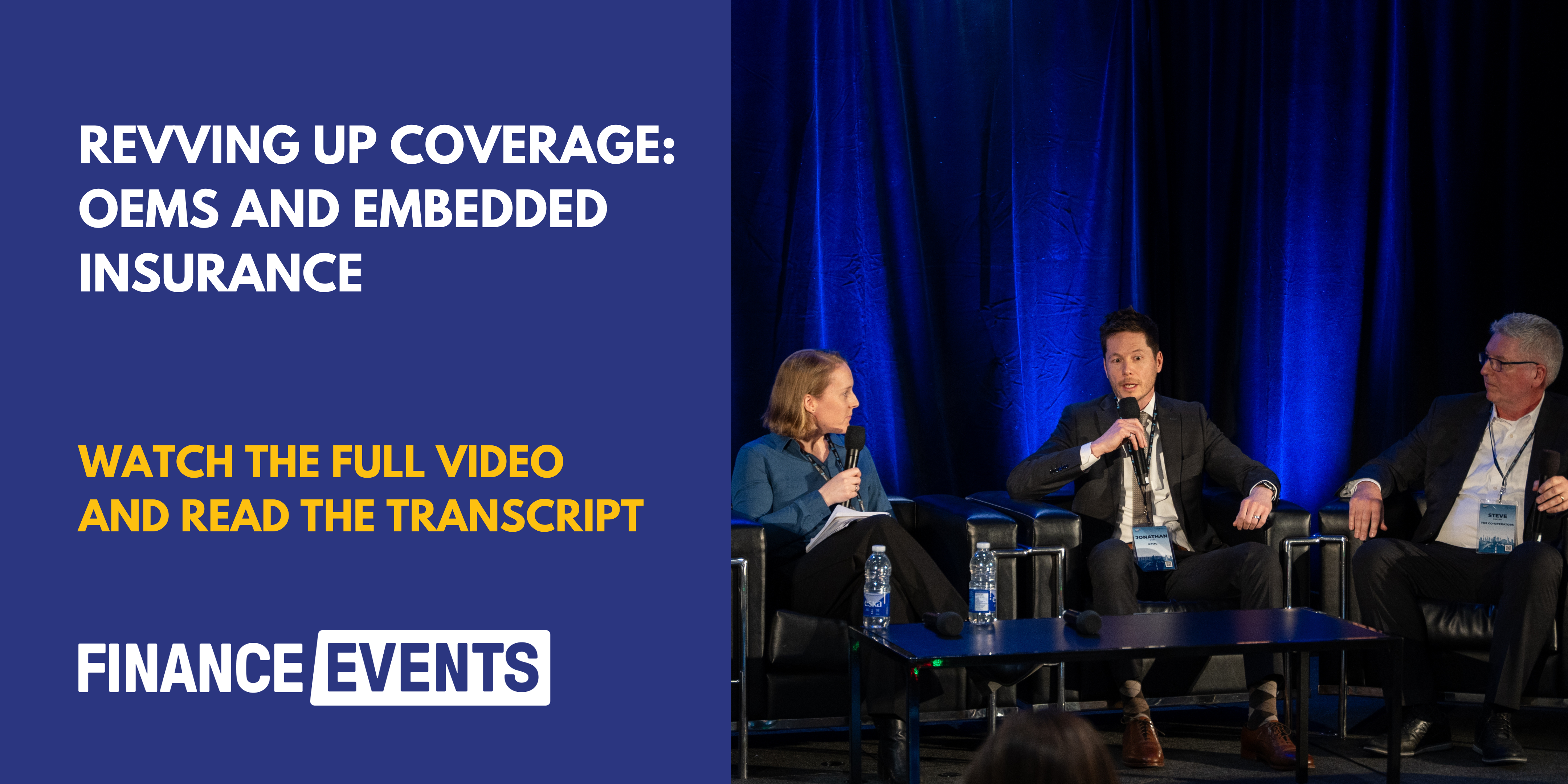Revving Up Coverage: OEMs and Embedded Insurance
Abstract: The panel discussion on embedded insurance in auto financing explored its role in enhancing the digital customer experience. Steve Phillips highlighted that while auto loans and warranties are already integrated, adding personal auto insurance is the next step, aligning with consumer expectations for seamless purchasing. Jonathan Weir noted that while developing countries are adopting embedded insurance quickly, Canada and the U.S. are progressing more cautiously due to legacy systems. OEMs see value in integrating insurance to enhance customer relationships, reduce theft risks, and strengthen brand trust. Lenders can play a key role by offering pre-approved insurance at key touchpoints, though regulatory restrictions present challenges. Risks such as brand reputation and underwriting complexity were discussed, with Phillips and Weir emphasizing the importance of strong partnerships. Looking ahead, telematics and real-time data will drive innovation, leveraging vehicle analytics for personalized pricing and fraud prevention. The panel concluded with advice for companies to start small, leverage data infrastructure, and collaborate with experienced insurance partners.

Bethan Moorcraft: Hello, everyone! Welcome to today’s panel on embedded insurance in auto financing. We’re here to discuss how embedded insurance fits into the digital customer experience. Auto loans, credit insurance, and extended warranties are already well-integrated into car purchases, but embedded personal insurance is the next frontier. That’s what we’ll be exploring today.
Steve, where are we at in Canada in terms of embedded auto insurance, and how do these partnerships work?
Steve Phillips: Great to be here! As many of you know, auto financing and extended warranties are already embedded in vehicle purchases, but we’re stopping just short of adding personal auto insurance.
Customers expect this level of convenience. Our recent consumer study found that two-thirds of respondents want to purchase home and auto insurance the same way they buy travel insurance—at the point of sale.
We’re working with key players in the market to make this happen. We see this as an exciting step forward.
Jonathan, you have a broad view of the global embedded market. What’s happening in Canada, and how does it compare to the U.S. and U.K.?
Jonathan Weir: Embedded insurance adoption is accelerating globally. Interestingly, developing countries are embracing it faster because it allows for quicker market penetration.
In developed countries like Canada and the U.S., the adoption has been slower due to legacy models and industry resistance to disruption. However, partnerships between insurers, lenders, and OEMs (Original Equipment Manufacturers) are changing that.
The U.S. and Canada are moving toward integration, but at different paces. In the U.S., large insurers and OEMs like Tesla, GM, and Ford are leading the charge, mostly through partnerships. Canada is following suit, but at a smaller scale.
OEMs are used to leveraging deep supply chains and broad distribution networks. What’s the value-add for them in embedded insurance?
Steve Phillips: It’s all about building a fuller customer relationship. Buyers aren’t just purchasing a car—they’re buying a transportation solution. That solution includes:
- The vehicle itself
- Financing
- Maintenance
- Insurance
OEMs are also heavily invested in reducing vehicle theft—one of the key cost drivers for auto insurance. If we integrate insurance and security measures from the start, everyone benefits.
Jonathan Weir: Branding also plays a huge role. Our research shows that 92% of customers would consider buying insurance from a trusted automotive brand.
Many of our attendees today are lenders. Where do they fit into this strategy?
Steve Phillips: Lending is already embedded finance. Adding personal auto insurance is just the next logical step.
Unlike creditor insurance or extended warranties, auto insurance sales can’t happen in the dealership due to regulatory restrictions. However, digital experiences enable lenders to introduce insurance before lease renewals or at loan origination.
Lenders can play a key role in offering seamless, pre-approved insurance solutions to their customers.
With all of these opportunities, what are the biggest challenges in embedded insurance?
Steven Phillips: Brand risk is a big one. OEMs and lenders need to trust that their insurance partner will deliver excellent claims service. If a customer has a bad insurance experience, it reflects poorly on the car brand.
That’s why partnerships are long-term relationships, not just transactional programs.
Jonathan Weir: Another major challenge is underwriting risk. Insurers don’t want to insure every risk that comes into a dealership.
Auto insurance is a regulated market. In places like Ontario, insurers are legally required to offer quotes to all applicants. The key is partnerships with insurers who can handle this scale efficiently.
Looking ahead to 2026 and beyond, what will embedded insurance look like?
Steve Phillips: The future is telematics and real-time data integration. Vehicles are essentially rolling computers that collect valuable data. This can be used to:
- Improve pricing based on actual driving behavior.
- Streamline claims processing after an accident.
- Prevent fraud by verifying incident details immediately.
OEMs already collect this data. It’s just a matter of integrating it with insurers.
Jonathan Weir: Yes, and privacy concerns have already been addressed—OEMs have legal frameworks for collecting and sharing this data. The missing piece is regulatory approval and industry-wide adoption.
For companies looking to explore embedded insurance, where should they start?
Jonathan Weir:
- Define your vision – Understand how embedded insurance fits into your customer experience.
- Evaluate your data infrastructure – Ensure your systems can support seamless insurance integration.
- Find the right partners – Look for insurers with strong customer service and digital capabilities.
Steven Phillips: Don’t wait! Start small, test different approaches, and learn what works for your customers. Embedded insurance is the future—being proactive now will put you ahead of the competition.
Bethan Moorcraft: That’s a wrap! Thank you to Steve and Jonathan for an insightful discussion.
Sign up for our 2026 Summit Series






